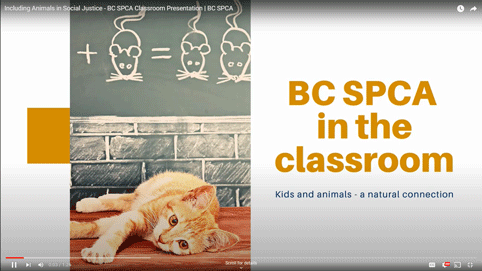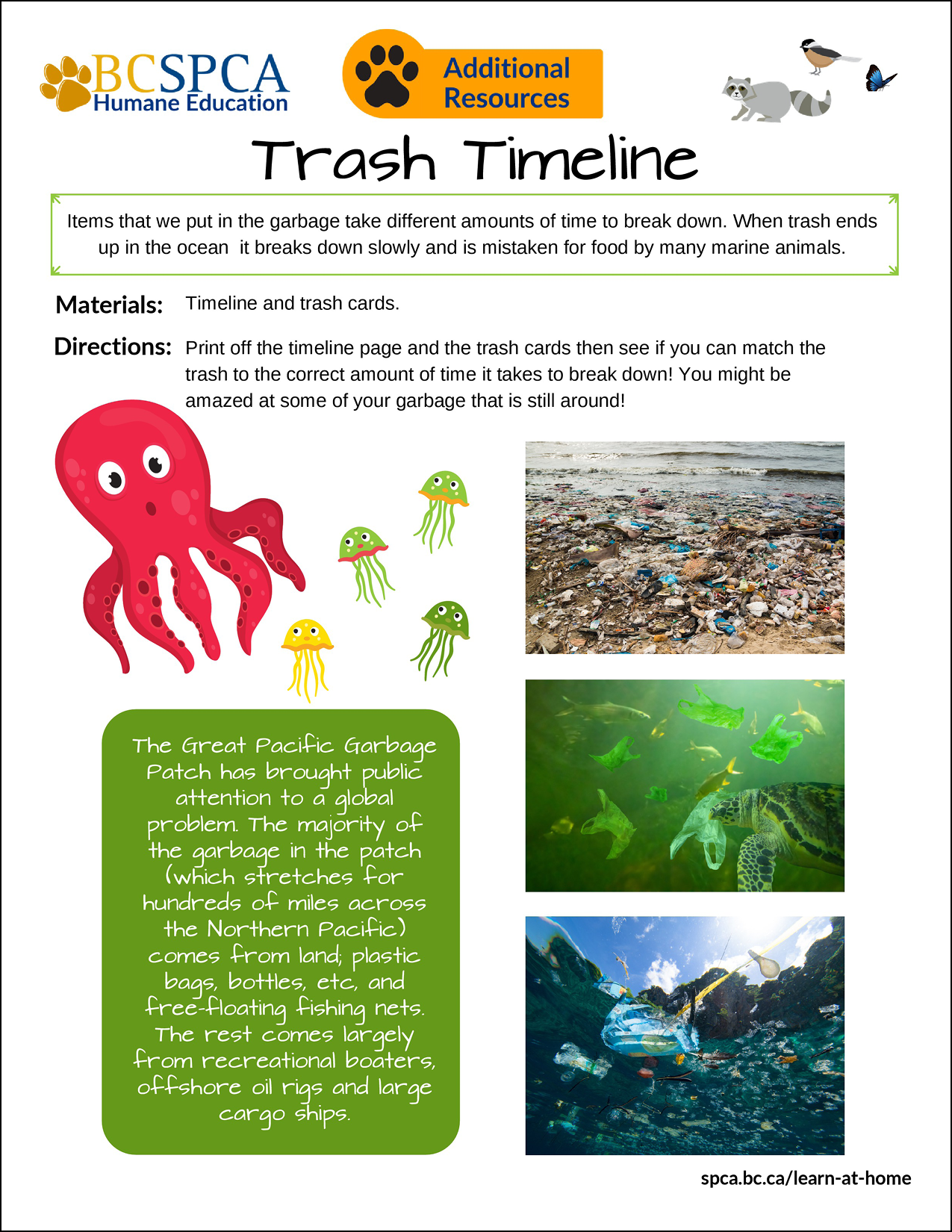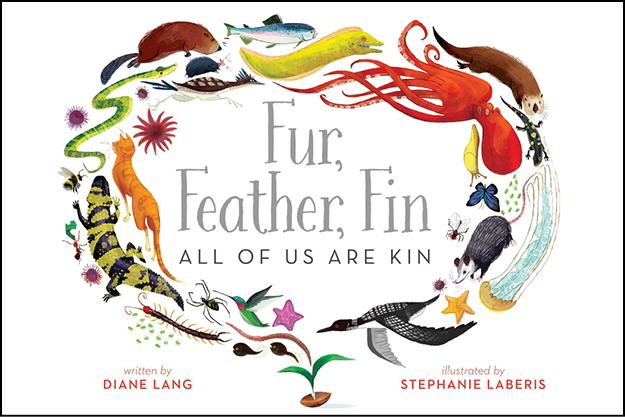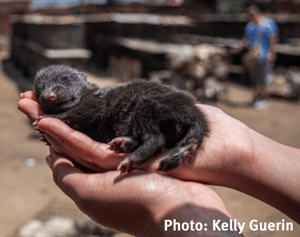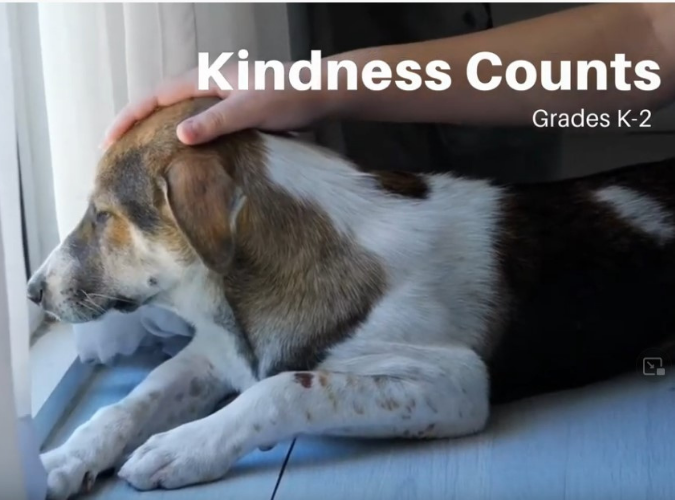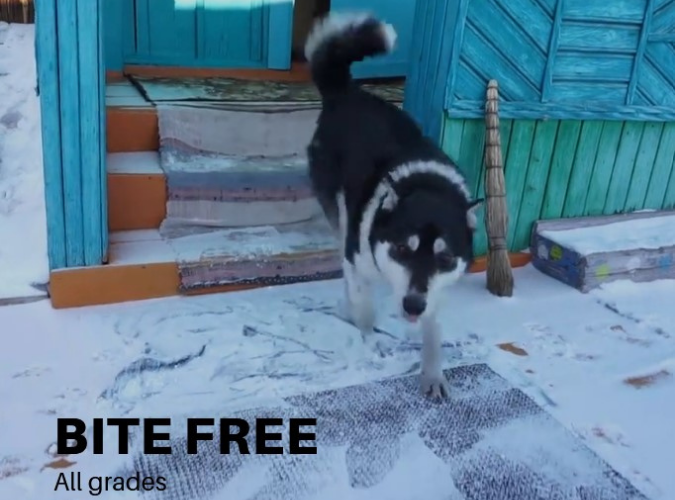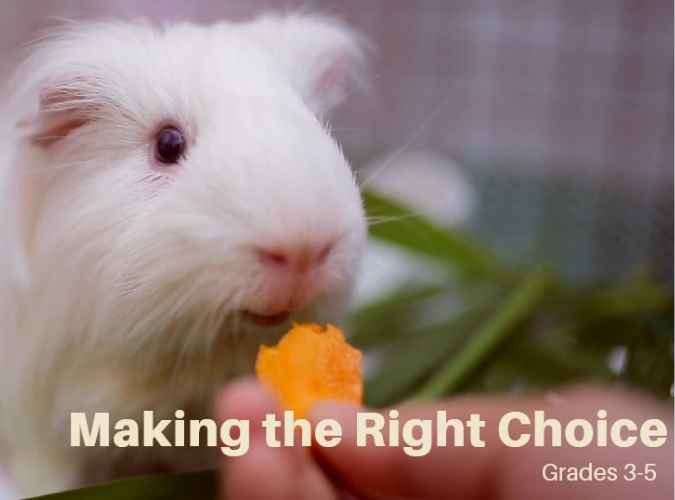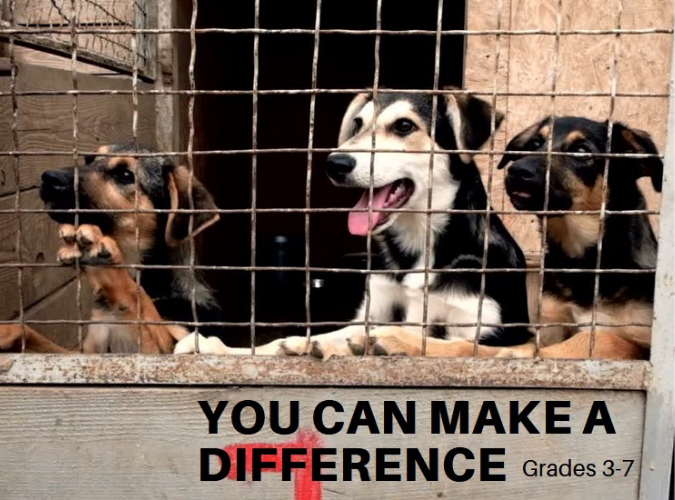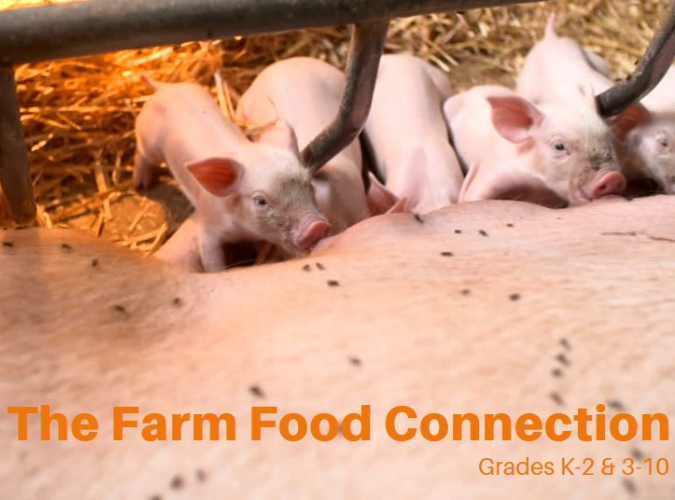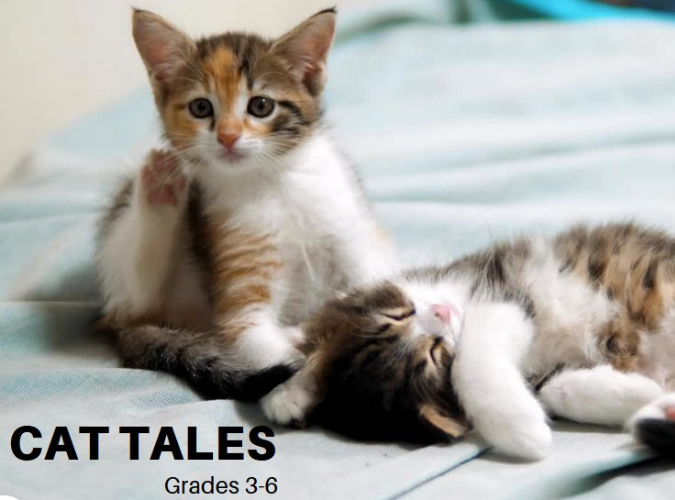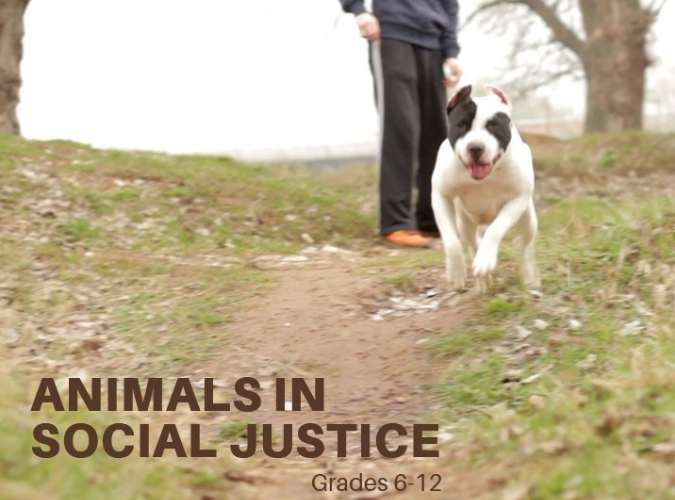Having trouble viewing this email? View it in a web browser.
|
|
|
|
December 2021
Items that we put in the garbage take different amounts of time to break down. When trash ends up in the ocean, it breaks down slowly and is often mistaken for food by many animals. Our Trash Timeline Activity challenges students to match the trash with the correct amount of time it takes to break down! You might be amazed at some of the garbage that is still around. Once the activity is completed, extend the learning by brainstorming ways to reduce waste such as using reusable water bottles, bringing your own reusable bag, buying in bulk, etc. There are so many wild and wonderful animals in our world, and they need our help to keep their habitats clean!
Fur, Feather, Fin: All of Us are Kin
by Diane Lang, illustrated by Stephanie Laberis Reading Level: Preschool-Grade 3 In Fur, Feather, Fin: All of Us are Kin, readers are taken on a journey through the different species that inhabit the Earth, celebrating what is unique about the diverse taxonomic classes all through fun rhyme. Starting with the big idea that “All animals on Earth are kin, while not the same outside or in,” readers learn about the interconnectedness of humans and animals. The book introduces the idea that some animals depend on us to meet their needs, while others thrive when we leave them alone. This book’s colourful and detailed illustrations are thoughtfully paired with the text to build on and reinforce ideas introduced. An excellent example is the double-page spread where humans are grouped as mammals. Although the text is simple, it is paired with images of humans which show diversity in terms of race, ethnicity, and the many ways that human families are defined, and makes for a great discussion point with students. For readers and educators wanting to learn even more, the back of the book provides additional information on each class of animal, including tips on how we as humans can help these animals, and sources for further investigation for curious animal advocates.
Then, in the summer issue of Bark! magazine, we asked our youngest readers, “Is it time to end mink farming?” In Bark!, we described the animal welfare issues related to the treatment of mink, with spread of COVID-19 leading to even more suffering. We asked Bark! readers to write to their government representatives to voice their concerns. In a statement after the government decision, Dr. Sara Dubois, the BC SPCA’s chief scientific officer, said, “We are grateful to every animal lover in B.C. who took the time to express their views on this important animal welfare matter.” Read the original news item from the BC SPCA on the government phase-out of mink farming.
|
The BC SPCA has classroom resources for grades K-7. The lessons integrate animal issues and information into existing provincial learning outcomes. Click on a lesson plan below to learn more.
Kindness counts
Bite free
Making the right choice
You can make a difference
The farm-food connection
Cats in the community Including animals in social justice |
|
You are receiving this BC SPCA e-Teacher newsletter to because you have subscribed or are affiliated with a BC SPCA School Club. Login to update your contact information and email subscriptions or unsubscribe (we're sorry to see you go!). On behalf of all the animals we care for and protect, thank you for your support. |
|


